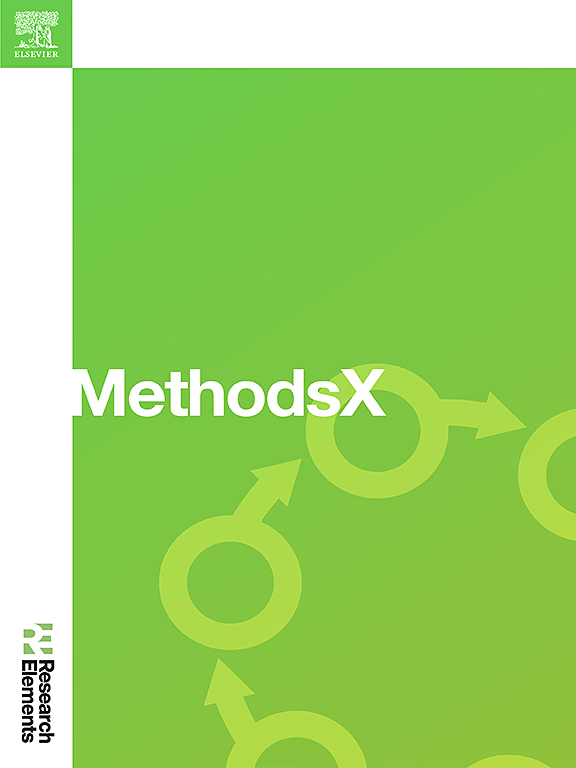The methodological framework for DRIP: Drought representation index for CMIP model performance
IF 1.6
Q2 MULTIDISCIPLINARY SCIENCES
引用次数: 0
Abstract
This paper presents a methodological framework designed to evaluate the ability of CMIP climate models to simulate drought characteristics. The approach is based on the Drought Representation Index for CMIP Model Performance (DRIP), which assesses models using three key drought parameters—average duration, severity, and return period—by comparing simulated outputs with historical observations. The methodology encompasses four main stages: data acquisition and preparation, drought characterization, DRIP calculation, and model ensemble generation (E-DRIP). This approach provides a systematic method to identify models that best represent regional drought dynamics and reduce uncertainty in climate projections. By leveraging DRIP as a selection criterion, E-DRIP ensembles outperform traditional CMIP ensembles in both reliability and precision. The method's flexibility allows adaptation to various drought indices and temporal scales, making it applicable across diverse climatic contexts. Validation in a climatically uncertain area, the Paraíba do Sul River Basin in Southeast Brazil, demonstrates DRIP's effectiveness in enhancing model performance assessment and improving drought scenario projections. This study contributes a replicable tool for climate modelling, supporting water resources management strategies amid increasing climate variability.
- •DRIP index assesses CMIP models' performance in representing drought characteristics.
- •E-DRIP ensembles reduced drought projections uncertainties by up to 63 % in the validation study area.
- •DRIP enhances decision-making in climate model selection, improving its reliability for regional water planning.

DRIP的方法框架:CMIP模型性能的干旱表示指数
本文提出了一个评估CMIP气候模式模拟干旱特征能力的方法框架。该方法基于CMIP模型性能的干旱表现指数(DRIP),该指数通过将模拟结果与历史观测结果进行比较,使用三个关键干旱参数(平均持续时间、严重程度和回归期)对模型进行评估。该方法包括四个主要阶段:数据采集和准备、干旱特征、DRIP计算和模型集成生成(E-DRIP)。这种方法提供了一种系统的方法来确定最能代表区域干旱动态的模式,并减少气候预测中的不确定性。通过将DRIP作为选择标准,E-DRIP集成在可靠性和精度方面都优于传统的CMIP集成。该方法的灵活性允许适应各种干旱指数和时间尺度,使其适用于不同的气候背景。在气候不确定地区巴西东南部Paraíba do Sul河流域的验证表明,DRIP在加强模型性能评估和改进干旱情景预测方面是有效的。这项研究为气候建模提供了一个可复制的工具,在气候变率日益增加的情况下支持水资源管理战略。•DRIP指数评估CMIP模型在代表干旱特征方面的表现。•在验证研究区域,E-DRIP集成将干旱预测的不确定性降低了63%。•DRIP增强了气候模型选择的决策能力,提高了其在区域水资源规划中的可靠性。
本文章由计算机程序翻译,如有差异,请以英文原文为准。
求助全文
约1分钟内获得全文
求助全文
来源期刊

MethodsX
Health Professions-Medical Laboratory Technology
CiteScore
3.60
自引率
5.30%
发文量
314
审稿时长
7 weeks
期刊介绍:
 求助内容:
求助内容: 应助结果提醒方式:
应助结果提醒方式:


